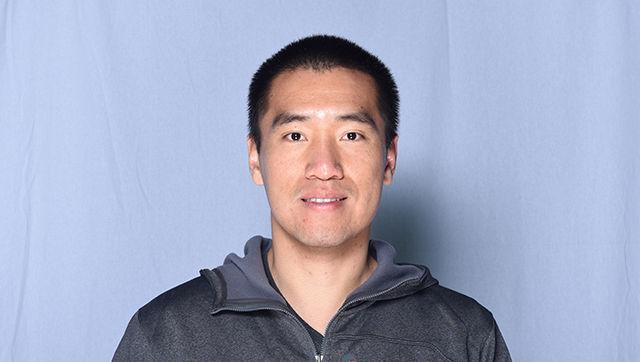Engineering students and professionals may encounter the Kalman filter technique every day in their classes and research. The Kalman filter algorithm was developed 50 years ago, but it still bears futuristic characteristics and has embedded in many consumer technologies that we are used to.
Rudolf Kalman, the genius who invented the algorithm, died at age 86 on July 2 in Florida. Unlike Bill Gates and Steve Jobs, ordinary people around the world have not recognized Kalman as a household name, probably because his contribution was not something visible and serving people directly. But in the scientific and engineering world, few would dispute that this Budapest-born mathematician and engineer’s algorithm is one of the greatest achievements in the past 50 years.
In layman’s terms, the Kalman filter is an algorithm to estimate the “unobserved components” from observable data. The first application of Kalman filter was on computers that landed Apollo astronauts on the moon. When sending a spacecraft or a missile into space, scientists and engineers need to make sure that the object is within the estimated path. Aerospace engineers implement this algorithm on super computers to track the actual locations with the data provided by sensors or satellites. Yet these data are somewhat “noisy” containing many measurement errors that may be detrimental to estimates that engineers want to know precisely. The unique advantage of Kalman filter is that it uses a recursive method to estimate the unknown variables when new data come in at each point in time, helping engineers to update the estimates of the unknowns in time.
Not only can the algorithm be used to update the unknown estimates, but it can also be used to forecast and smooth estimates depending on the available information. A simple analogy is that when you are reading a paragraph of a book, you may encounter some new words you don’t know during the reading. Without the internet and a dictionary, you guess the meaning of a word based on the previous information you have read. That’s called Kalman filtering. Once you finish reading a whole chapter, you go back to the new words and rethink their meanings again. This is called Kalman smoothing. When you are halfway through the chapter and you are able to guess what the author is going to say in the rest of the chapter. That is Kalman prediction. The Kalman filter’s ability to go forward and backward to update estimates with information in different time points is the reason why scientists and engineers in the profession admire him so much.
In the first 30 years since Kalman’s work, it tremendously advanced aerospace engineering and automatic control. In the past 26 years, it ignited the revolution of the digital industry, with increasingly powerful computers able to bear heavy-duty computations. Now every smart phone’s GPS sensor is armed with variations of the Kalman filter. If you use Google Maps for direction in some remote area and somehow you lose wireless service, your phone will still be able to help you locate the path you are using and optimize the routine when wireless service is on again with new data coming in.
The success of the Kalman filter over the past 56 years in shaping generations of technologies is just the beginning of Rudolf Kalman’s legacy. His fellow engineers and scientists believe that the Kalman filter and its extension will have a long-lasting effect, expecting to use it more widely in consumer technologies such as self-driving cars, green technology and virtual reality. All of these technologies will profoundly change our lives. Further, social scientists should join scientists and engineers in remembering Kalman because the application of Kalman filter has spread to fields such as economics and political science.
Though Rudolf Kalman’s legacy is highly mathematical and is not a product benefiting us directly, his name should be honored as a household name since many of our daily used products would not function accurately without his contribution.














